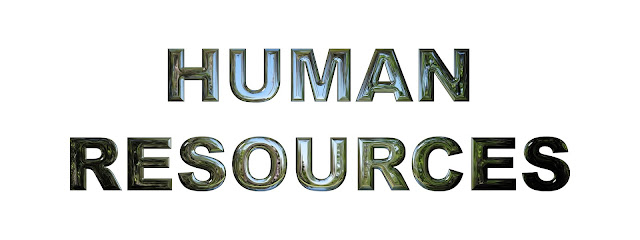Software development is a burgeoning field, and it seems like nearly every part of our work lives can be streamlined a little bit more with the use of the right application. HR is no exception to this, and human resource management systems are now an integral part of many businesses across many fields.
Today, we’ll be taking a closer look at the developers’ side of things, as we’ll discuss three of the most important features of human resource management system development. We’ll go over the importance of a simple UI before we discuss the implementation of a payroll feature and the ability to track employee performance.
A Simple UI
When creating a human resource management system, you’ll want it to be easy to use for any employee in the HR department. While you may have to sacrifice a few features on the user’s side to make the UI simpler, it’s usually worth it to cut non-essential functions to make things less overwhelming.
A minimalist UI will also make the program more appealing for clients since it will look sleeker and more modern. Balancing functionality and good looks is always an essential part of making a good piece of software, and that remains true when creating programs for an HR department.
Payroll
Payroll functionality is to be expected out of even the most basic piece of human resource management software. Keeping track of payroll on paper is a thing of the past, and it’s far too time-consuming, so employers want something that is easy to use and shows them what they need to see. Cloud-based payroll software with integrated HR is the need of the hour and can make HR and payroll functions in sync without any error
This needs to be one of the most reliable parts of the program, as any glitches in the payroll section can cause some serious issues for the company using your software. We’d recommend checking this part over for bugs a few more times just to ensure that there aren’t any potential problems.
Employee Performance Tracking
HR software is also responsible for keeping track of employee performance, so you’ll need a function that saves and shows each employee’s contribution. Using graphs and charts is the preferred method of displaying performance, as it will give the observer a better idea than raw numbers.
You may even want to include a feature that can send a notification to the boss if an employee’s performance level drops below acceptable standards. There should also be a way for HR to contact the employee before the issue reaches such an unacceptable level since this will make it easier for problems to be investigated and solved.
Conclusion
When looking to create the perfect piece of HR management software, you just have to think about which of the department’s functions can be supplemented and improved by the program you’re creating. We hope that our guide has helped shed some light on the HR application development process.
